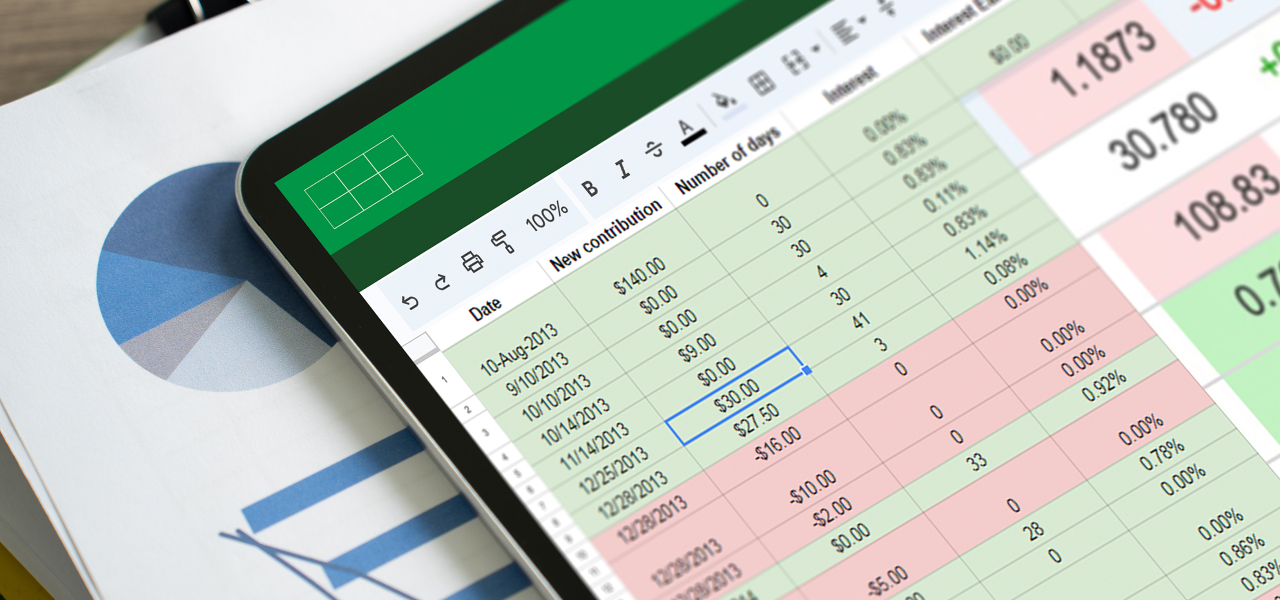Yesterday’s capital call landed at dawn. By lunch, the principals wanted a cash-flow forecast that blended the Cayman feeder, the Montana ranch LLC, and three new venture notes. Your long-time CPA e-mailed back “We can turn that around next Friday.” If that reply sends you into a panic, you’ve hit the first sign the family office has sprinted past Main Street capacity.
Limitations of the neighborhood CPA
Your neighborhood CPA works beautifully when the books list one operating company and a single brokerage account. The moment your office sprouts sideways, the strain appears. You ask for today’s numbers and they land on your desk next week because the firm still relies on quarterly workpapers and annual roll-forwards. Complexity gathers speed. Two trusts turn into feeder funds, co-investment vehicles, and offshore holding companies, each with its own currency and tax wrinkle. The desktop package that served a mom-and-pop store stalls at book entries and year-end allocations, so your staff props it up with spreadsheets no one trusts after midnight. Security friction follows close behind. Sensitive statements move by email because the firm cannot justify enterprise-grade cloud controls, while ransomware crews rarely need encouragement. The wheel slows to a crawl of manual reconciliations, stale insight, and rising audit risk that everyone sees yet your accountant cannot solve with the tools in front of him.
Tax detail is the tell
Portfolio growth isn’t what breaks the ledger—tax logic does. Lot-level tracking for QSBS, PFIC tallies on foreign funds, wash-sale offsets for the trading account. Each line item must carry its own DNA. Generic small-firm software flattens those nuances, so staff glue on spreadsheets and cross fingers at year-end. FundCount is one of the very few platforms that wires the tax code directly into the general ledger, stamping every security lot, entity, and beneficiary split in real time. That precision is why PricewaterhouseCoopers installs FundCount to help it support family offices and other wealth managers.
Three paths beyond the neighborhood CPA
When reporting delays, spreadsheet acrobatics, and privacy worries start crowding your Monday agenda, it usually means the family office has outgrown the trusted local accountant. Luckily the road does not dead-end there. Here are three potential alternatives for family offices looking to upgrade to meet their tax accounting and other requirements:
Outsourced accounting partner
Some families skip the buildout and rent the skills. Large professional firms deliver a fractional controller, tax desk, and reporting team on a predictable retainer. They arrive with the same enterprise platforms already humming, along with staff trained to untangle private equity waterfalls, mineral-rights depletion, and global tax filings.
The advantage is instant scale without payroll headaches. A lean in-house team concentrates on investment strategy while the partner handles reconciliations, valuations, and compliance. Cost sits on operating expense rather than capital investment, which helps cash-flow planning.
The drawback is reliance on an external calendar. Even a premium provider juggles multiple clients, so a family office must negotiate service-level expectations and live inside someone else’s workflow.
Hybrid controller plus specialist support
A middle path keeps strategic knowledge inside the office while pushing volume work outside. An internal controller books daily entries and manages relationships. A specialist firm handles complex tax packs, international consolidations, or year-end audits. Because both sides log into the same cloud ledger, data lineage stays intact and version headaches fade. The office gains flexibility to dial services up or down when asset classes shift. The main challenge is coordination. Clear roles and a shared playbook are essential or gaps appear where each side assumes the other is covering a task.
Software purpose-built for family offices
A purpose-built platform, such as FundCount, rewires the entire workflow. Feeds stream in from custodians, fund administrators, and banks. Each trade lands in the general ledger already tagged for currency, entity, and lot-level tax treatment. Accuracy rises because reconciliation engines compare positions as they post, not days later. Speed rises because valuations update in near real time. Security rises because the data lives behind multi-factor gates inside audited clouds.
The disadvantage is a classic trade-off. Licensing costs more than a basic Excel package and the office needs a controller who can drive the system, yet the platform eliminates spreadsheet gymnastics and a season of manual close work.
Knowing when to pivot
You can spot the warning lights without even opening the ledger. The cash-flow forecast shows up after the board meeting instead of before it. Consolidations turn into a copy-paste circus. Your tax attorney keeps asking for lot-level detail that no one can produce. The cyber team winces every time you email a balance sheet. Each headache tells you the office has sprinted past what a small CPA firm can support. You don’t have to end the relationship. You do need heavier gear that works at the speed, depth, and security your capital now demands. Trade week-old estimates for live data, and you gain sharper decisions, calmer nights, and more hours to shape tomorrow’s legacy instead of scrubbing yesterday’s books.








